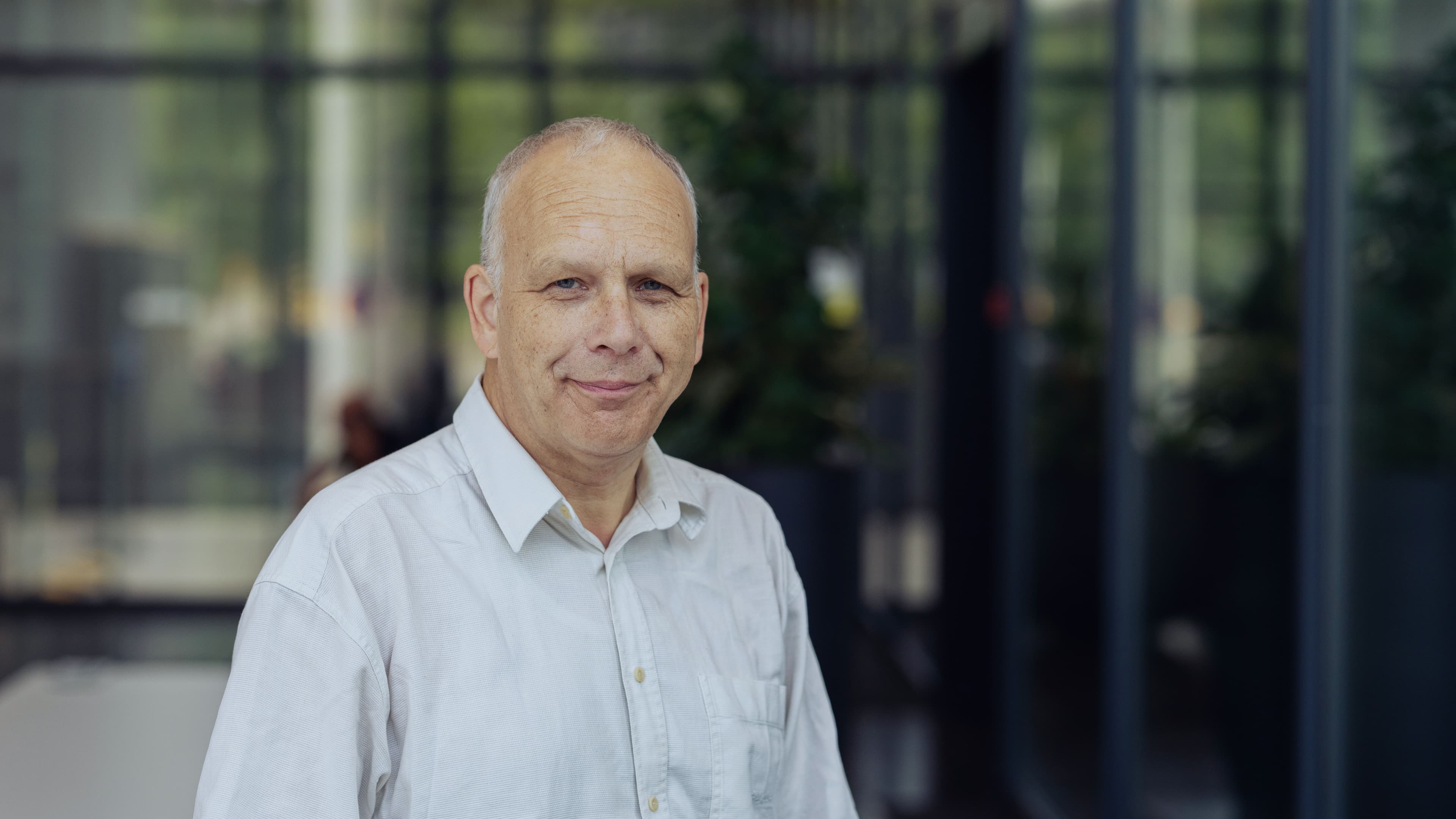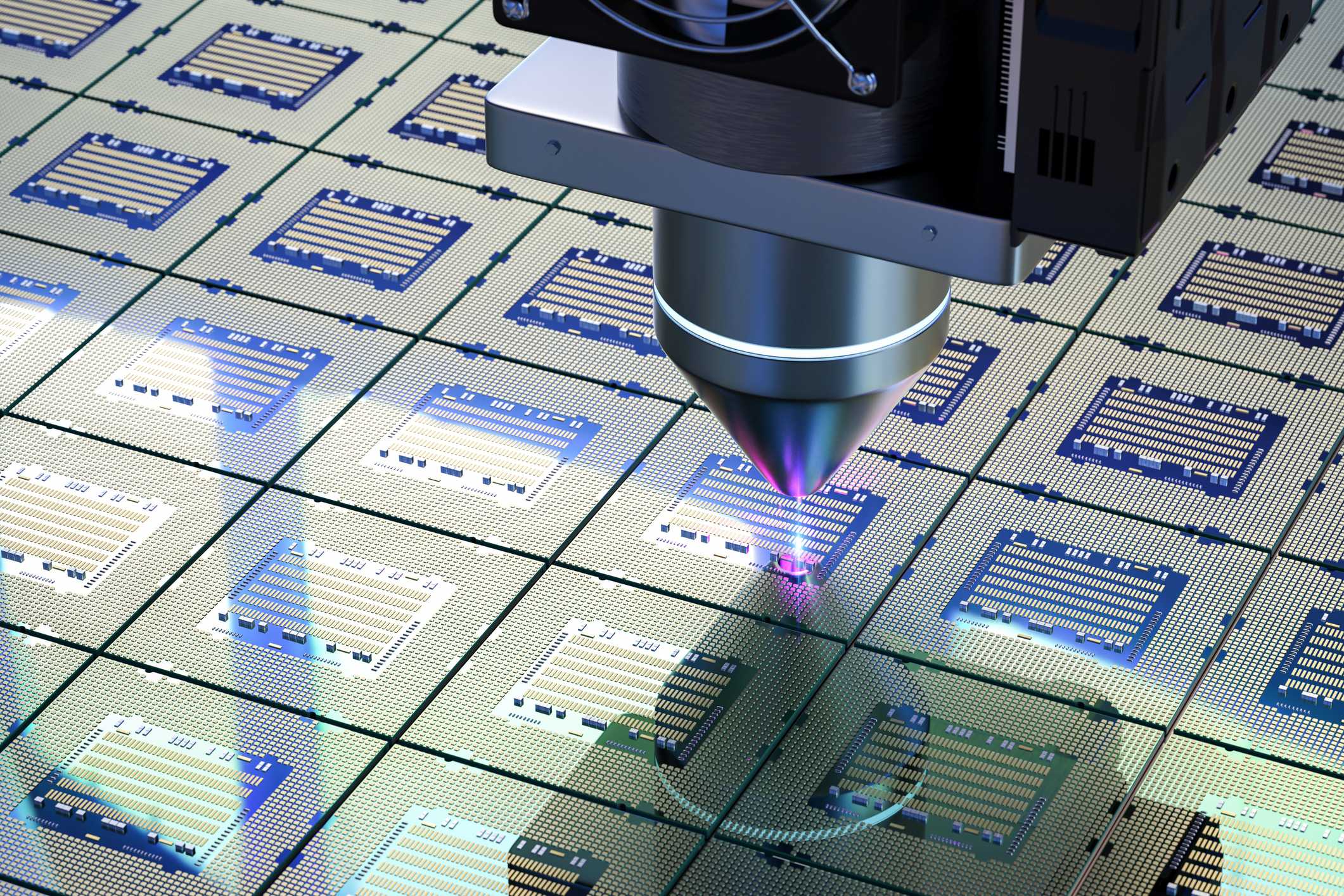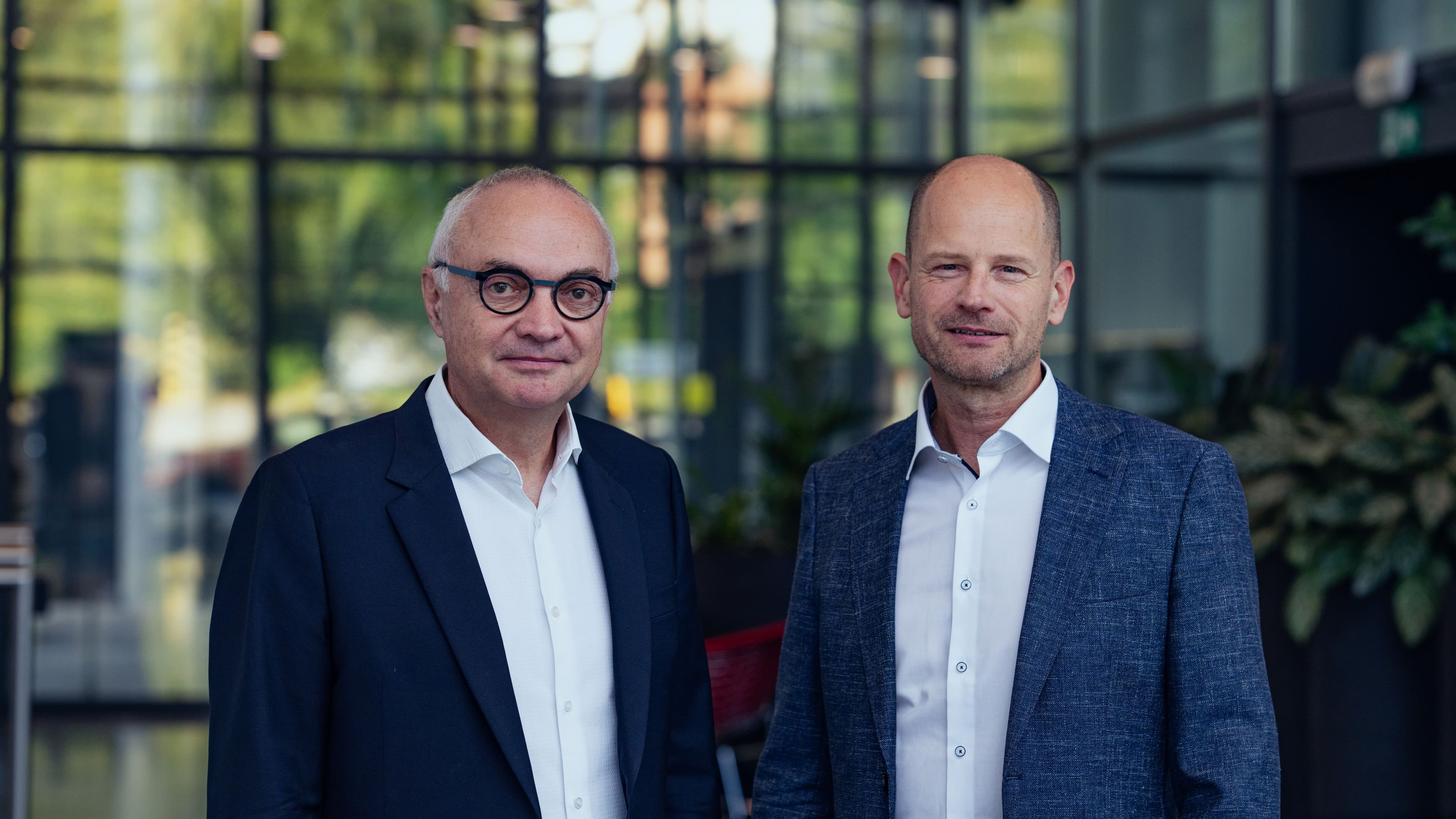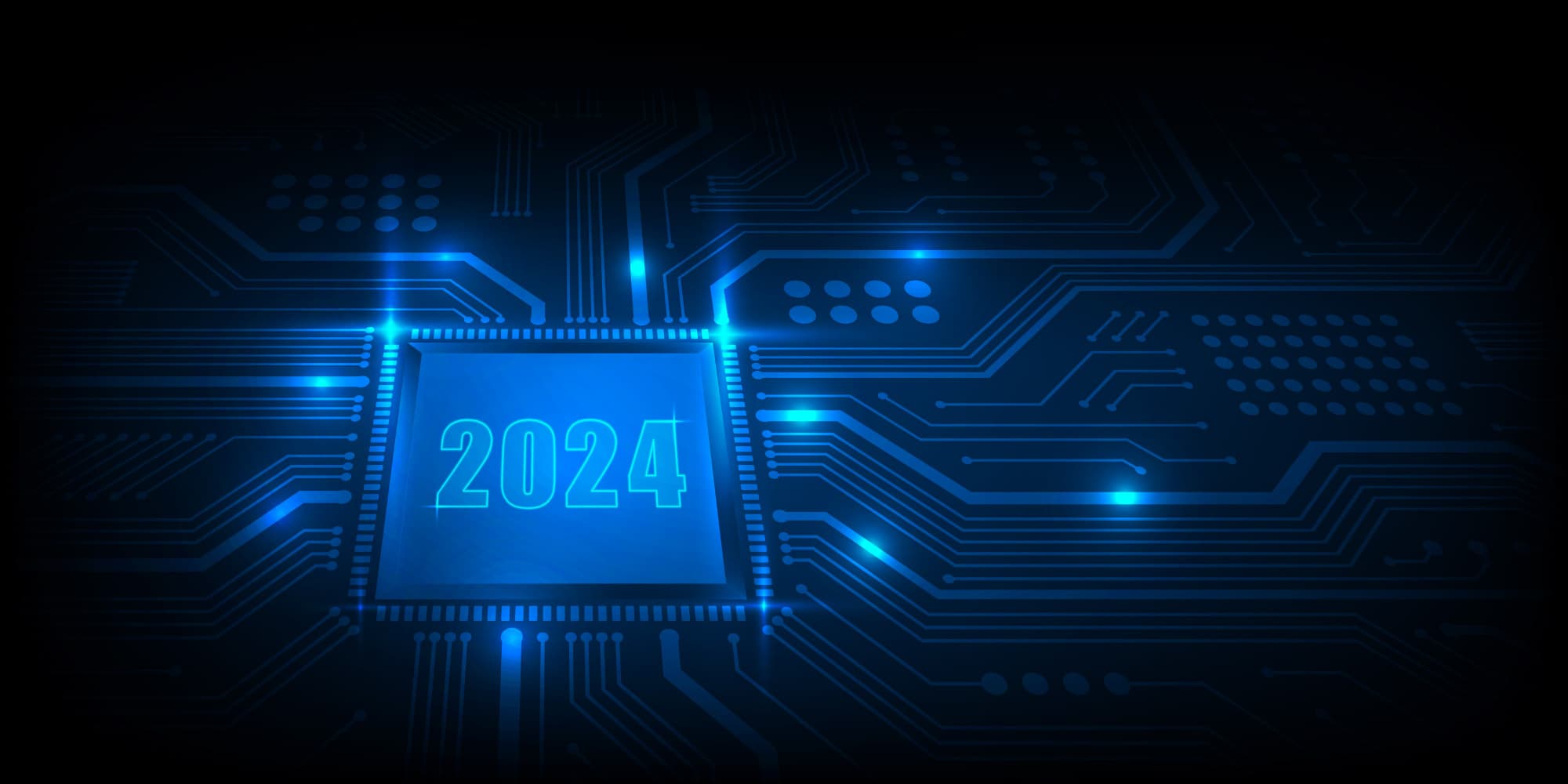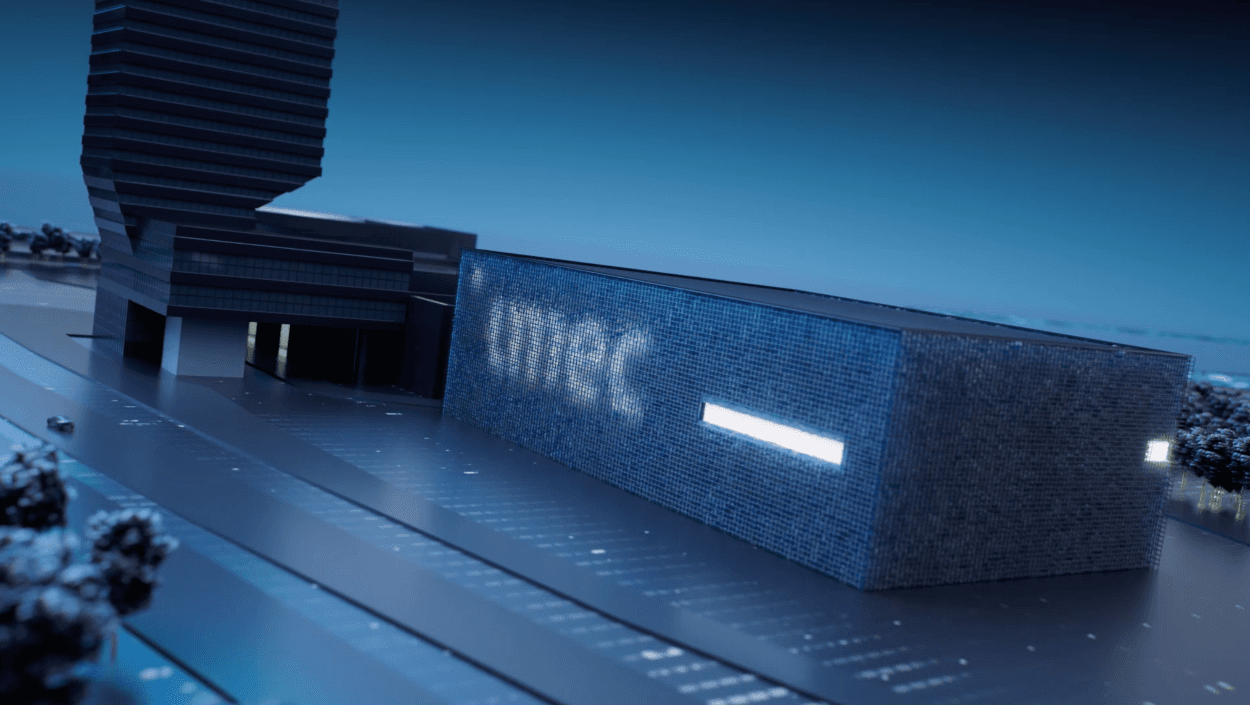“According to the WHO, our sedentary lifestyles are becoming a real problem. Is a country economically more developed and does it use technology more? Then its population is likely to be more inactive and heading for some serious health problems. Luckily, technology can also help us to exercise more and thus become healthier again!”
This summer, the World Health Organization launched its ‘Global Action Plan on Physical Activity 2018-2030’. The aim of this action plan is to get 15% more people worldwide exercising by 2030. Sounds simple enough, but it’s vital when you realize that ‘inactivity’ is becoming a major global problem with serious consequences: more and more studies show that a life with little or no exercise appreciably increases the risk of diabetes and cardiovascular diseases. ‘Sitting is the new smoking’ is the arresting slogan designed to get us all exercising more.
According to the WHO, in some countries the number of people leading an inactive life is as high as 70%. And the more economically developed a country is and the more its population uses new technology, the higher the percentage of inactive people. Just look at transportation: we sit in traffic jams, while conveyor belts and escalators make sure that we don’t have to exert ourselves at airports and shopping centers; we spend hours sitting at our desks; and in the evening we sit on our sofas, have food delivered to our homes, etc.
At imec we are very much aware of this sedentary trend and – in particular – of the importance of more exercise. Our ‘MoveMore’ campaign is designed to give our staff regular tips on how they can build exercise into their working day. Not just to stay fit or to maintain a healthy weight, but also to encourage creativity and focus. Exercise helps us to clear our heads and to deal with stress more efficiently.
While technology may have made us more ‘inactive’, it can certainly also help us to exercise more – and better. A tech-based solution can be very simple: just set an alert on your smartwatch, laptop or smartphone. But there are more advanced solutions as well, such as smart sports clothes that help prevent sports injuries. For this purpose, imec produces sensors and develops electronics-on-foil that are easy to incorporate into clothes. We are also working on algorithms that interpret the data from these sensors and give us valuable personal information and advice. Imec also helps other companies to turn their ideas into products, e.g. imec Taiwan developed a smart ski-shirt for a sportswear manufacturer.
This summer, our Prime Minister Charles Michel came to visit our campus in Leuven. While he was with us, he got to try our Chillband+ product, which we have used for the largest study on stress ever conducted. The plan is to use this sensor bracelet in combination with data-processing algorithms to create the ideal tool to enable psychiatrists to gain greater insight into burnout and stress. Ultimately, they will also use the sensor as a sort of ‘mental diary’, providing a starting point to discuss a patient’s progress.
This issue of imec magazine contains more information about the work being done by imec Taiwan (including the ski-shirt), as well as about our technology for psychiatrists, which I have mentioned above. We also talk about our vision of artificial intelligence (which among other things is essential for providing us with the right personal advice), a pair of glasses that monitors eye movements (useful both for AR/VR and to diagnose certain diseases), software that reconstructs (CT) images for visualizing the inside of objects, a fluid sensor that is now mature enough to be used by companies, a nice story about two start-ups that have scaled thanks to the imec.istart program and – finally – an interesting overview of the work we are doing on memory cells. Enjoy your reading!
Luc Van den hove,
President and CEO imec
Published on:
31 August 2018



